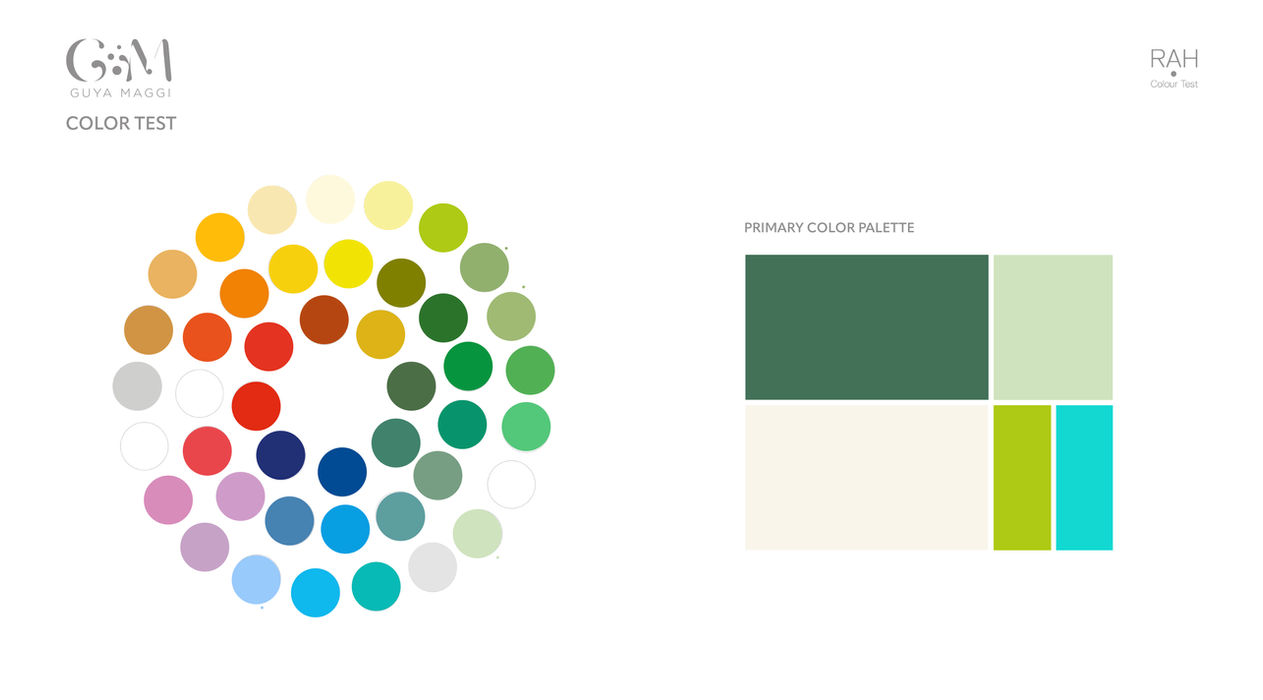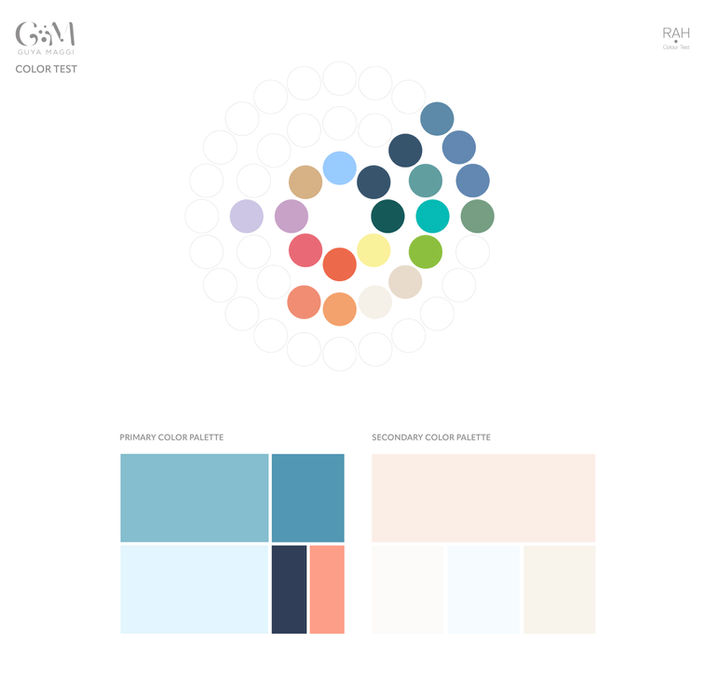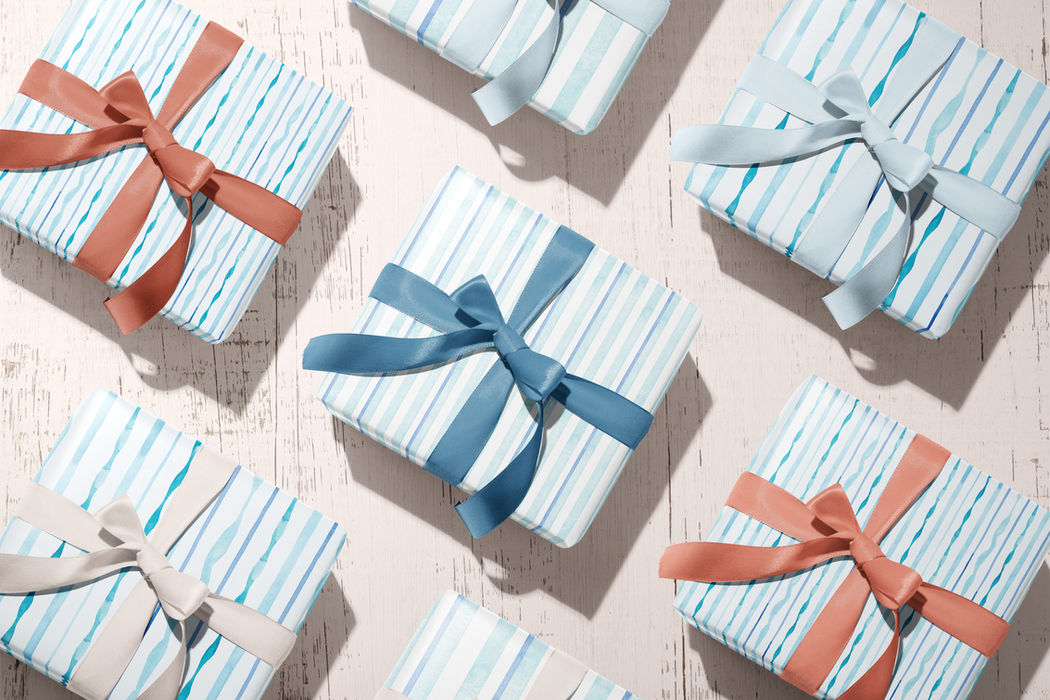Tell us a bit about yourself:
What are you passionate about in life, and who are you professionally?
I’m a multidisciplinary designer and illustrator. I specialize in creating brands and visual identities and support my clients with graphic design. Recently, I’ve also started working as a Surface Pattern Designer.
I’m passionate about stories; I love discovering what emotionally drives people to create their own brand, start their business, or launch a startup. Drawing has always been a part of my life, accompanying both the happy and difficult moments. Movement, dance, travel, exploring, and learning about new countries and cultures have always been a great source of inspiration and joy for me. These experiences make me perceive the world as a beautiful place, full of goodness and nobility.
What does colour mean to you, and how did you use it before discovering the RAH method?
Personality, joy, character, emotion, in one word, life. Colour holds only positive meanings for me now, but it hasn’t always been that way.
Although I’ve always adored colour in its boldest and brightest tones, as I grew up, I adopted the unfortunately common mindset of “practicality.” Colour was seen as a frivolous aspect of things, not necessarily functional and sometimes even complicating matters.
“Better to keep walls white; it makes spaces feel more open and airy.”
“Stick to neutral colours like black and grey for clothing; they go with everything, and you can wear them anytime.”
Who hasn’t heard this advice before?
Following this mindset, I didn’t realize I was stripping away personality, and joy, from myself. I got used to wearing only all-black outfits, a habit formed during my time as a makeup artist, where the dress code was always black.
When I left that field, integrating colour into my life wasn’t just a desire but a desperate need. Opening my wardrobe, filled only with black clothes and a few pairs of blue jeans, was a shock. Slowly, I started adding colour back into my life, starting with a single vibrant piece: a white and yellow summer blouse I loved.
The same thing happened with my illustrations. I went from painting exclusively with black watercolours to gradually expanding my palette, eventually making sophisticated use of colour one of my signature skills.
When it came to creating colour palettes for my clients’ brand identities, my approach was very analytical. I would directly ask clients which colours they didn’t want and which ones they liked. This often led to 3–4 rounds of revisions. Clients were happy with the final result, but the time spent creating the palettes often exceeded initial estimates.
Before taking Andreea’s course, I saw colour as almost a nuisance, something complex to deal with, both personally and professionally.

"Since using the RAH method, I have minimized feedback rounds: colour palettes have always been approved immediately."
Quale valore intendi offrire ai tuoi clienti attraverso il tuo lavoro?
Connection, emotion, presence, and empathy. Everything these words encompass is what I strive to offer my clients.
Especially as a brand designer, I don’t see my role as limited to design alone. Understanding a brand, the people behind it, and helping them present themselves confidently with a strong, distinctive visual identity requires a lot of listening, presence, and empathy.
Just as my clients aim to bring value to the world, my goal is to give that value an appropriate visual form, while standing by them every step of the way.

Finally, your personal thoughts: what hopes do you have for the future of your field?
Our work, before focusing on functionality, sales, follower growth, newsletter sign-ups, or reaching target audiences, is fundamentally about creating based on the emotions we evoke in the observer.
I hope we continue to cultivate this awareness by staying updated, diving deeper, and remaining curious. In a world increasingly dominated by machines and artificial intelligence, I hope we never lose the humanity and passion in our creativity.
How has the RAH method transformed your approach to design?
The RAH method has allowed me to streamline my process, adopting a more effective approach to creating colour palettes that clearly and strongly represent the client’s identity.
Since using the RAH method, I’ve minimized the rounds of feedback. Colour palettes are almost always approved immediately, with only minimal adjustments needed to harmonize colours (contrasts, lightness, darkness).
On a human level, it deeply moves clients. It has increased their involvement in the process, bringing them closer to the creative journey of building a brand identity.

What value do you aim to offer your clients through your work?
Connection, emotion, presence, and empathy. Everything these words encompass is what I strive to offer my clients.
Especially as a brand designer, I don’t see my role as limited to design alone. Understanding a brand, the people behind it, and helping them present themselves confidently with a strong, distinctive visual identity requires a lot of listening, presence, and empathy.
Just as my clients aim to bring value to the world, my goal is to give that value an appropriate visual form, while standing by them every step of the way.






















